Apple's latest MacBook Pro models use an HDMI 2.0 port instead of the speedier HDMI 2.1 protocol, severely limiting throughput to external displays.
For the first time in five years, Apple's MacBook Pro supports digital video output through an HDMI port, enabling connections to external displays, TVs and other equipment. Previously, such capability required one of Apple's infamous dongles.
As spotted by Tapbots developer Paul Haddad, however, the new 14- and 16-inch MacBook Pros rely on HDMI 2.0 and as such are only capable of supporting a single 4K display at a refresh rate of 60Hz. The more flexible HDMI 2.1 standard, released in 2017, can ferry data at up to 48 gigabits per second, enough to support 4K displays at up to 120Hz.
Why the higher bandwidth protocol was not included in Apple's latest flagship Macs is unclear, though some speculate that M1 Pro and M1 Max bus bandwidths are to blame. Along with the single HDMI port, 2021 MacBook Pros sport three Thunderbolt 4 ports that can be used for charging, DisplayPort and data transfer of up to 40Gb/s with compatible Thunderbolt 4 or USB 4 peripherals.
Supporting claims of a throughput bottleneck is the Apple TV 4K, which shipped earlier this year with an HDMI 2.1 port.
Despite the HDMI hardware shortcoming, Apple's M1 Pro chip can handle up to three external 6K displays at 60Hz simultaneously, while the M1 Max adds support for another 6K display and one 4K display at 60Hz. Both MacBook Pro models also support DVI output, though users will have to shell out for an HDMI to DVI adapter.
Apple's last MacBook Pro to offer HDMI ports debuted in 2015. The company switched to an all-Thunderbolt 3 design in 2016, a decision that required the purchase of separate adapters for certain video and data needs.
 Mikey Campbell
Mikey Campbell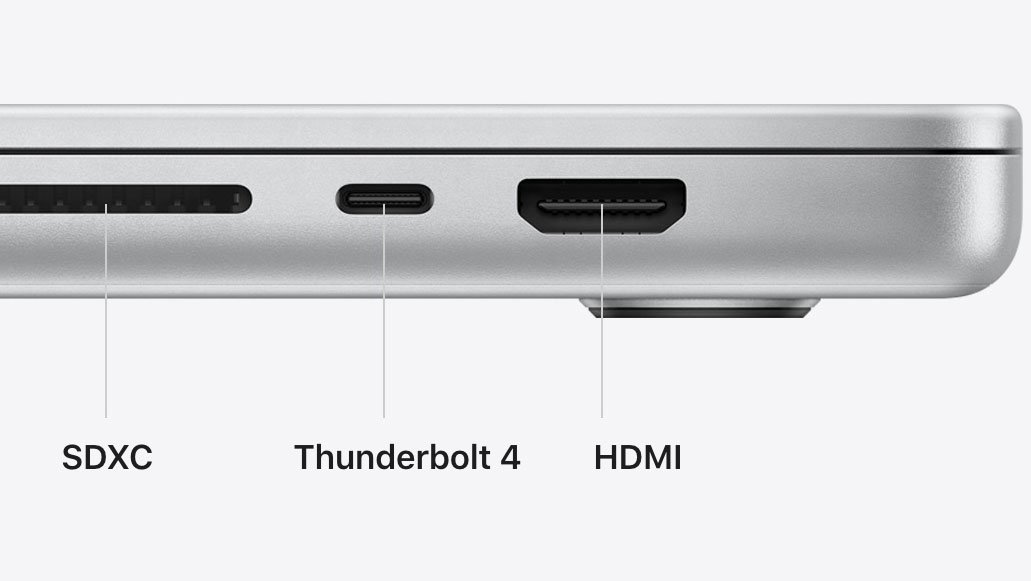








 Chip Loder
Chip Loder
 Marko Zivkovic
Marko Zivkovic
 Malcolm Owen
Malcolm Owen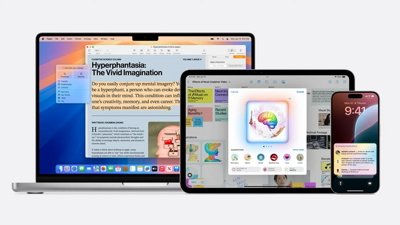

 William Gallagher
William Gallagher
 Christine McKee
Christine McKee
 Andrew O'Hara
Andrew O'Hara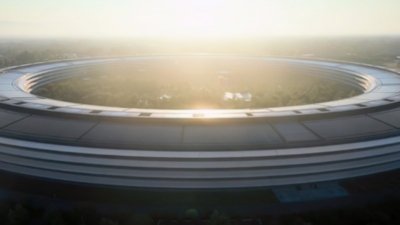
 Andrew Orr
Andrew Orr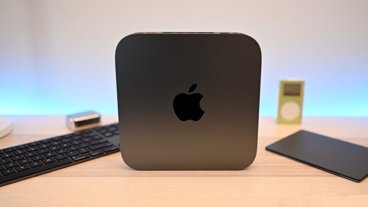
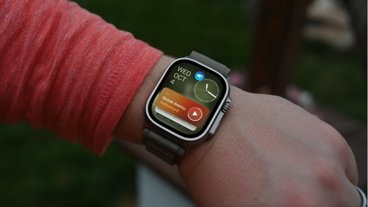
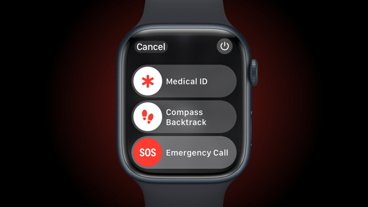


-m.jpg)




64 Comments
HDMI should have never been put there.
Yes it should. Hardly anyone has USBc projectors. But they all have hdmi.
Translation: They are NOT SO PRO! Spend all that money and still no 2.1 port... *SMH*
I would point out that the SD slot is SDXC rather than the fastest SDUC. No doubt the HDMI and SD slot share PCIE4 channels. Capability limited by bandwidth. It’s a first world problem though.